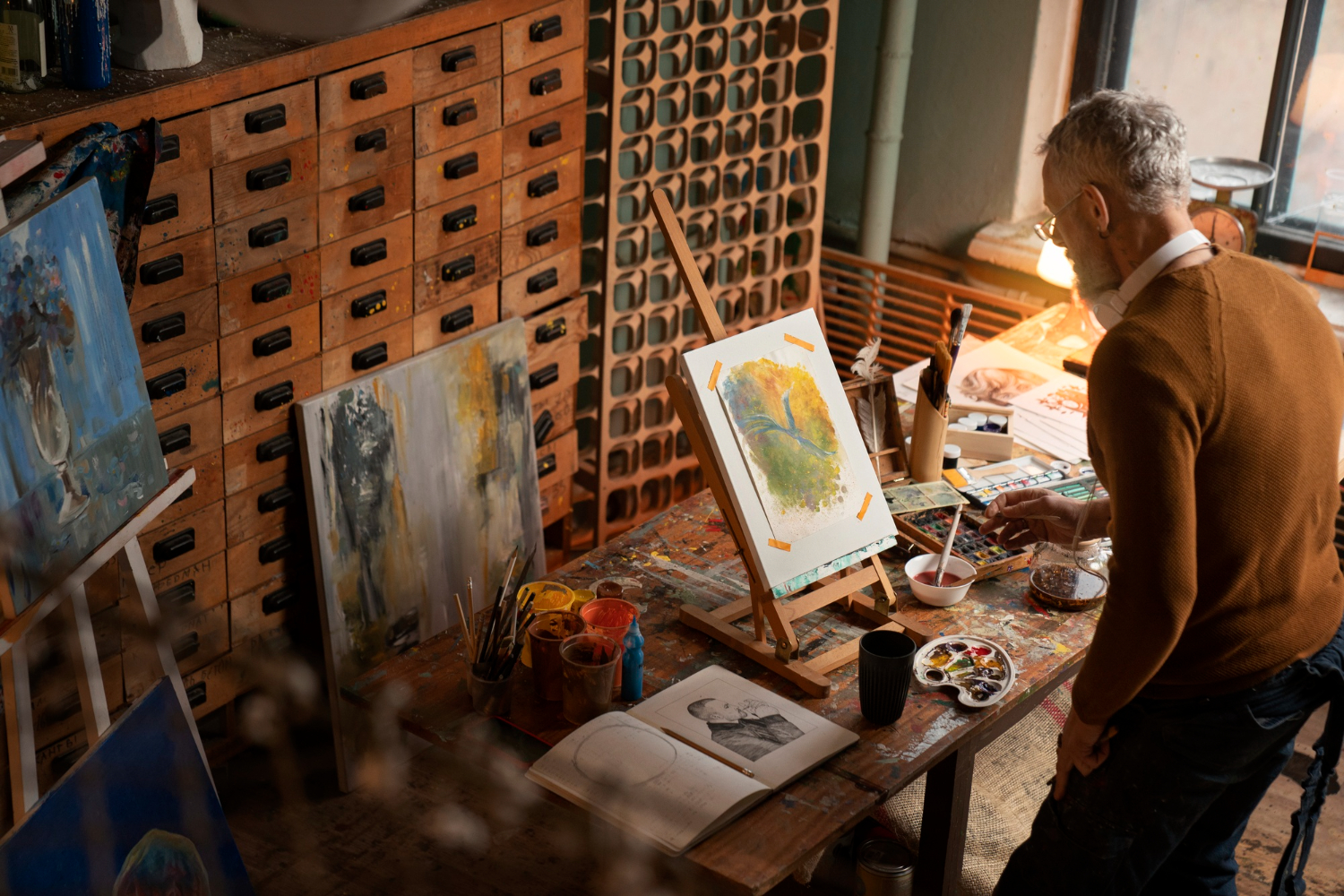- Annual Sunset Polo in Virginia To Embrace Beauty & Luxury in Stunning Rockin The Runway™ Fashion Show
- Shreekant Patil Leads Seminar on Export Opportunities for Nashik Exporters
- 4Closure Rescue Expands Grant Assistance to Help Homeowners Prevent Foreclosure and Regain Stability
- Vietjet is giving Indian travellers the Limited-Time Sale of Flying to Vietnam Starting at Just ₹11
- Dev Technosys Integrates AI & AR for Immersive Video Streaming App Solutions
- Growllix Launches as India's Premier B2B Marketplace, Revolutionizing Lead Generation with AI-Powered Matching
- SERVPRO of Ocala Celebrates 50 Years of Service to Marion County
- Accor appoints Ranju Alex as Chief Executive Officer for South Asia
- Flux AI Unveils Nano Banana AI: A Mysterious Powerhouse in Image Generation, Now Available for Free
- The Menzies Anxiety Centre Enhances Support for Individuals Navigating Complex Anxiety Conditions
- HPE accelerates self-driving network operations with new Mist agentic AI-native innovations
- AKSSAI Expands Presence to Mumbai, Nagpur, and Vadodara, Accelerating Nationwide Growth
- Meghalaya State Leadership Charts Future Strategy at 2nd Cabinet Retreat in Shillong
- Coinage Investments Launches Comprehensive Financial Consulting & Wealth Management Services in Chandigarh
- Apptechies Recognized as a Leading Mobile App Development Company in USA Driving Digital Innovation
 Mail to a Friend Mail to a Friend |
|
     |
The Future of Art as an Investment: Trends to Watch and How to Stay Ahead

Art has always been more than a source of aesthetic pleasure—it has also served as a powerful investment tool for collectors, institutions, and investors looking to diversify their portfolios. With the fast evolving global art market, new trends are taking shape in terms of buying, selling and valuation of art pieces. From the rise of digital assets like NFTs (non-fungible tokens) to increasing interest in emerging markets and artists, the future of art investment is full of exciting opportunities and challenges. In this article, we’ll explore the key trends driving the future of art as an investment and provide insights into how you can stay ahead of the curve to make informed decisions.
1. The Rise of Digital Art and NFTs
One of the most transformative trends in the art market is the rise of digital art and NFTs. NFTs have taken the art world by storm, enabling artists to tokenize their digital creations on blockchain platforms. These tokens provide a way to prove ownership, authenticity, and provenance in the digital space, allowing for the buying, selling, and trading of digital art just like physical pieces.
NFTs gained massive attention in 2021, with high-profile sales like Beeple’s "Everydays: The First 5000 Days" selling for $69 million at Christie’s auction house. As digital art continues to gain legitimacy, NFTs are becoming an increasingly attractive investment option for those looking to diversify their portfolios into new asset classes.
How to Stay Ahead:
2. Emerging Markets and Globalization of Art Investment
The globalization of the art market (check also RobertLangeStudios if you are interested in art investment) is another major trend that investors should watch closely. While Western art markets like New York, London, and Paris have traditionally dominated, there is growing interest in emerging markets across Asia, Africa, and Latin America. Artists from these regions are gaining international attention, and collectors are increasingly turning their focus to these new, exciting territories.
China, in particular, has become a major player in the global art market, with its auction houses and galleries expanding rapidly. The increased wealth in countries like China and India has also led to a surge in local collectors who are interested in both traditional and contemporary art.
How to Stay Ahead:
3. Sustainability and Ethical Investment in Art
As the world increasingly focuses on sustainability and ethical practices, these values are making their way into the art market. Investors are becoming more conscientious about the environmental and ethical implications of their art collections, including the materials used, the preservation of cultural heritage, and the conditions under which artists work.
Sustainable practices in art creation, sourcing, and curation are becoming important to a growing number of investors, collectors, and galleries. For example, contemporary artists who use eco-friendly materials or address climate change in their work are gaining attention, and collectors are showing interest in supporting artists and institutions that reflect their values.
How to Stay Ahead:
4. The Growing Popularity of Art Investment Funds
As the art market grows in complexity, more investors are turning to art investment funds to diversify their portfolios. These funds make investors capable in pooling their resources and allow them to invest in diverse portfolios of art pieces, which a team of experts manages and who will be responsible for the sale, purchase, acquisition, and maintenance of the collection.
Art investment funds provide access to blue-chip art—works by well-established artists with proven track records of increasing in value over time—as well as the potential to invest in emerging artists without the need for deep market knowledge. This trend is making art more accessible to investors who may not have the capital or expertise to build a personal collection on their own.
How to Stay Ahead:
5. Technology-Driven Art Valuation and Data Analytics
In the world of arts, the technology can play diverse roles that may go beyond just digital arts and NFTs. Data analytics and AI-driven valuation tools are reshaping how art is appraised, bought, and sold. In the past, art valuation relied heavily on expert opinions and auction results, but modern technology is making art valuation more precise and accessible.
Platforms like Artnet and Artprice offer real-time data on art sales, trends, and valuations, giving investors more transparency and insight into the market. Additionally, AI algorithms can analyze historical sales data to predict future trends and values for specific artists or types of art, allowing investors to make more informed decisions.
How to Stay Ahead:
6. Fractional Ownership of Art
Another trend shaping the future of art investment is fractional ownership, which allows investors to purchase shares in a piece of art rather than owning it outright. This model, enabled by blockchain technology, opens up the art market to a broader range of investors who may not have the capital to buy entire works by blue-chip artists.
Platforms offering fractional ownership make it possible for investors to own a stake in high-value artworks and share in the potential appreciation of these assets. This is a kind of democratization of the art ownership that is likely to gain more popularity as the technology is playing its significant role in lowering barriers to enter the art market.
How to Stay Ahead:
Conclusion
The future of art investment is evolving rapidly, driven by technological innovation, globalization, and changing investor preferences. From the rise of digital assets like NFTs to the growing popularity of art investment funds and fractional ownership, there are more opportunities than ever for investors to diversify their portfolios through art.
By staying informed about these key trends and leveraging data, technology, and sustainable practices, investors can position themselves to succeed in the increasingly dynamic art market. Whether you’re a seasoned collector or a newcomer to the world of art investment, the future promises exciting possibilities for those who are prepared to adapt and stay ahead of the curve.










